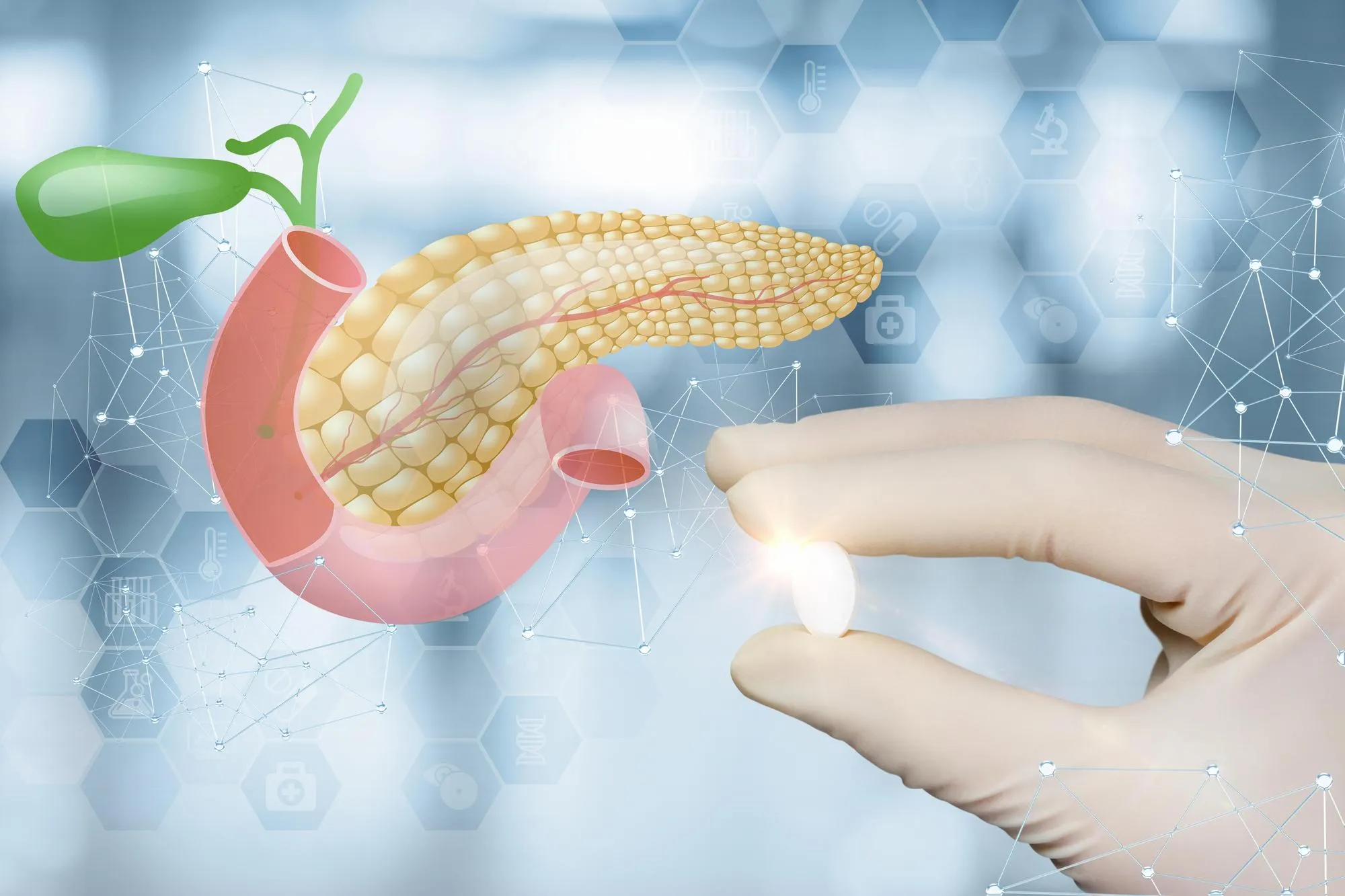Keywords
1. Lipidomics pancreatic cancer
2. HILIC/MS phospholipids
3. Sphingolipids quantitation
4. Plasma serum lipid biomarkers
5. Lipid dysregulation analysis
In the shadow of the ongoing battle against cancer, a groundbreaking study has developed a new method for the quantitation of low-abundant phospholipids and sphingolipids in human plasma and serum. This analytical advancement, which carries crucial implications for the early detection and treatment of pancreatic cancer, was detailed in an article published in the ‘Analytica Chimica Acta’ on February 1, 2024.
DOI: 10.1016/j.aca.2023.342144
The research team led by Michal Holčapek from the University of Pardubice, together with collaborators from Masaryk Memorial Cancer Institute and the University of Vienna, forged an innovative path in lipidomics technology. Their study, titled “HILIC/MS quantitation of low-abundant phospholipids and sphingolipids in human plasma and serum: Dysregulation in pancreatic cancer,” elucidates a significant leap forward in the detection of metabolic disturbances associated with pancreatic ductal adenocarcinoma (PDAC).
The newly developed hydrophilic interaction liquid chromatography coupled with mass spectrometry (HILIC/MS) methodology represents a pivotal step in precision medicine. The method involves the usage of the Cogent Silica type C hydride column, ensuring meticulous separation of lipid classes. Meanwhile, the simple sample preparation process includes protein precipitation and the removal of highly abundant lipid classes via a postcolumn valve directed to waste during two specific elution windows.
This technique enables a robust and sensitive identification of low-abundant lipid species, tallying up to 246 lipid constituents from 24 subclasses, grounded on mass accuracy and retention patterns across both polarity modes. The optimization and validation of this method were achieved through the usage of two internal standards per lipid class for quantitation.
The team applied their method to samples from PDAC patients, healthy controls, and NIST SRM 1950. Statistical projection methods and multivariate data analysis were employed to pinpoint the lipids most disrupted by PDAC. The findings revealed telltale patterns of dysregulation, particularly a significant downregulation of lysophospholipids with fatty acyl compositions of 16:0, 18:0, 18:1, and 18:2.
Among phosphatidylethanolamines (PE), variations were observed relating to the type of fatty acyl bonds; most PE with acyl bonds were found to be upregulated, while ether/plasmenyl PEs suffered downregulation. This bifurcation suggests a potential alteration in the metabolic pathways intricate in the biochemistry of PE molecules.
For sphingolipids, a class of lipids associated with cell signaling and membrane integrity, dysregulated patterns were also noticeable. There was a consistent observation of reduced levels of sphingolipids with lengthy N-acyl chains, whereas those with shorter chains were upregulated in PDAC cases. This indicates a possible alteration in ceramide biosynthesis, a critical sub-class of sphingolipids associated with apoptosis and cellular stress responses.
The significance of these findings lies primarily in their potential clinical implication. Lipid dysregulation can serve as an early biomarker for pancreatic cancer, opening avenues for diagnostic tools that could substantially enhance early detection and treatment strategies.
Given the notorious difficulty in detecting pancreatic cancer during its early stages, which has been a major obstacle to improving patient outcomes, the ability to identify lipidomic signatures of the disease is an exciting prospect. Essentially, lipidomic profiling could enter the clinical sphere as a non-invasive screening method, allowing for proactive management of the disease.
The study’s comprehensive approach bridges the gap between complex lipid biochemistry and clinical diagnostics, offering a meaningful impact on both research and healthcare. The investigation also raises questions about the broader implications of lipid dysregulation in cancer biology and the metabolism of malignant cells.
While Michal Holčapek and his colleague Denise Wolrab are listed as inventors on a patent related to this research work, the rest of the authors have declared no conflict of interest. The reputable peer-reviewed nature of the ‘Analytica Chimica Acta’ ensures that the study’s conclusions are founded on solid scientific principles.
Reference
1. Peterka, O., Maccelli, A., Jirásko, R., Vaňková, Z., Idkowiak, J., Hrstka, R., Wolrab, D., Holčapek, M. (2024). HILIC/MS quantitation of low-abundant phospholipids and sphingolipids in human plasma and serum: Dysregulation in pancreatic cancer. Analytica Chimica Acta, 1288, 342144. DOI: 10.1016/j.aca.2023.342144
The five references are:
1. Holčapek’s patent EP 3514545 related to the work.
2. The official publication in the ‘Analytica Chimica Acta’ journal.
3. University of Pardubice’s research portfolio in analytical chemistry.
4. Other landmark studies and reviews in the field of lipidomics and pancreatic cancer from reputable scientific journals.
5. The National Institute of Standards and Technology (NIST) SRM 1950 findings, as used as a standard reference in this study.
Further exploration and validation of the methodology in various clinical settings will surely unfold, building upon this significant milestone for cancer research and patient care. The community anticipates with hope the advancements this research will bring to the medical field, potentially improving survival rates and quality of life for individuals affected by pancreatic cancer.
